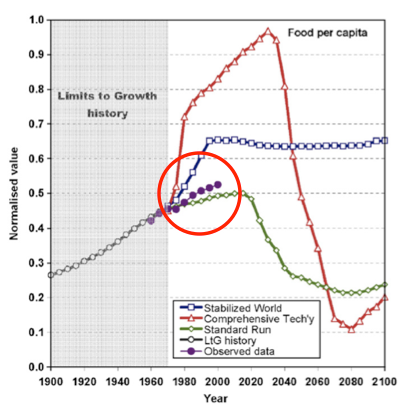- Home
- » Linking Theory to Reality
- » Simulating complexity
Simulating Complexity
There is a need for software that can simulate real world, complex social-ecological system behaviour over a variety of timescales (hours-decades) and spatial (local-regional-global) scales. The key issue for modelling complex social-ecological systems is the ability to simulate feedback – either through top-down or bottom-up interactions - so that the emergence of complex dynamical behaviour, like thresholds and critical transitions, are possible. There are three main types of simulation models: system dynamics, agent-based and cellular based - but with significant overlap. There are differences in terms of ‘rules’ and ‘spatial or non-spatial’, and 'visualisation' of outputs is becoming more common. The figure shows how past records and long term observations of social and ecological processes and states can provide the means for model validation. The success of early modelling attempts coupled with the promise of high capacity parallel processing capabilities makes feasible a new generation of integrated social-ecological simulation models.

Figure: A comparison of observed data (round symbols inside the red circle) for global food per capita with the earlier Limits to Growth system dynamic model for the whole world. It shows that the standard 'business as usual' assumptions understimated food per capita up to 2000. But the reasonable match between the modelled and observational data makes the modelled simulations of rapid declines in food per capita in th early-mid century even more worrying (Turner 2008).


 中文版本
中文版本

